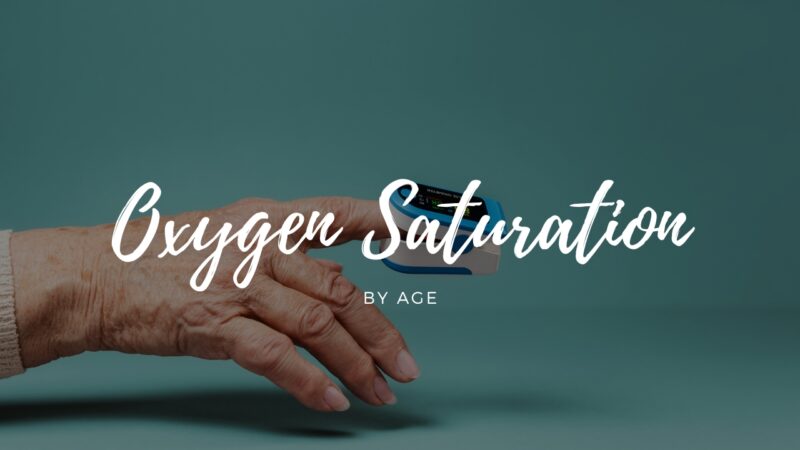Oxygen saturation (SpO2) is a crucial measure of your body’s oxygen-carrying capacity. It provides valuable information about your health, especially when it comes to respiratory and cardiovascular conditions. However, it’s essential to note that normal saturation can vary by age.
This comprehensive guide will delve into the details, offering an in-depth exploration of what you need to know about normal oxygen saturation by age.
A Brief Overview
Oxygen saturation (SpO2) is the measure of the amount of oxygen that’s carried in your blood. This measurement is expressed as a percentage, which tells us how much of the hemoglobin in your red blood cells is carrying oxygen.
Hemoglobin is a protein in your blood that binds with oxygen in your lungs. It then transports it to all parts of your body that need it. SpO2 is a key indicator of how well this process is working.
Below is a simple table summarizing normal saturation levels by age:
| Age Group | Normal Oxygen Saturation |
| Newborns | 70% – 90% |
| Infants | 95% – 100% |
| Children (1-18) | 97% – 100% |
| Adults | 95% – 100% |
How Is Oxygen Saturation Measured?
It is typically measured using a device called a pulse oximeter. This non-invasive tool clips onto a part of your body, like your finger or earlobe, and uses light to measure the percentage of oxygenated hemoglobin in your blood.
One of the reasons pulse oximetry is so widely used is its simplicity and non-invasive nature. It allows anyone, from medical professionals to athletes, to easily and quickly assess oxygen saturation.
Learn more about the overnight oximetry test and its significance in gaining insights into oxygen saturation levels during sleep.
Normal Saturation by Age
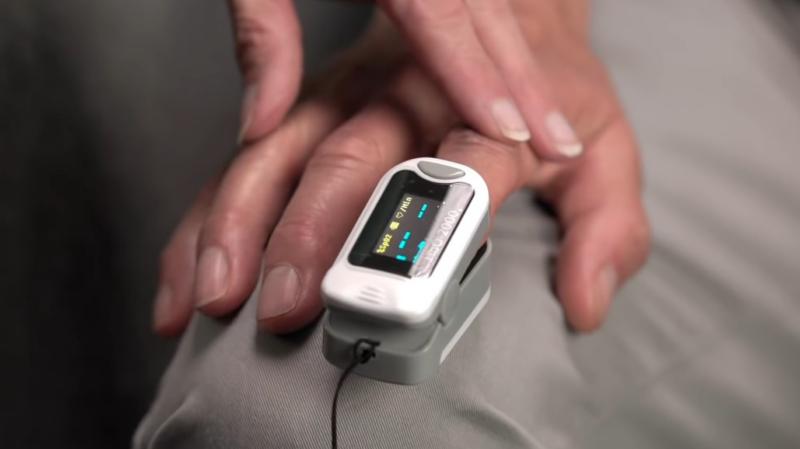
Now that we’ve covered what SpO2 is and how it’s measured let’s dive into how it can differ by age. This is an important consideration, as what’s considered “normal” can change throughout a person’s life.
Newborns and Infants
In newborns and infants, it can be slightly lower than in older children and adults. This is due to the fact that their lungs and cardiovascular system are still developing.
- Normal saturation for a newborn, in the first minutes after birth, ranges from 70% to 90%.
- After 10 minutes of birth, a healthy newborn’s SpO2 should be above 95%.
- For infants, a normal reading is typically between 95% and 100%.
Children and Teenagers
In children and teenagers, the respiratory and circulatory systems are more developed, and SpO2 levels should be quite stable.
- Normal saturation for children aged 1-18 is generally between 97% and 100%.
Adults
In healthy adults, normal saturation levels range from 95% to 100%. However, certain factors such as altitude, certain medical conditions, and even age can impact this range.
The Impact of Aging

Aging can have a significant impact on your body’s SpO2 levels. Understanding these changes can help in the early detection of potential health problems.
Changes in Lung Function
As we age, changes occur in our lungs that can affect our body’s saturation. These changes include decreased lung volume, decreased elasticity of the lung tissue, and changes in the muscles used for breathing.
These changes don’t necessarily mean there will be a significant drop. However, it’s important to understand that even slight variations can indicate underlying health conditions in older adults.
Changes in Cardiovascular Function
As we age, our heart’s ability to pump blood and deliver oxygen to the body can diminish. Age-related changes can lead to a slight decrease in SpO2. This doesn’t mean an older adult will necessarily experience symptoms of low oxygen, but it’s a factor to consider when interpreting pulse oximetry readings.
It’s also important to note that other cardiovascular conditions, like heart disease, can significantly affect oxygen saturation. These conditions are more common in older adults, further highlighting the importance of monitoring SpO2 in this age group.
Variations
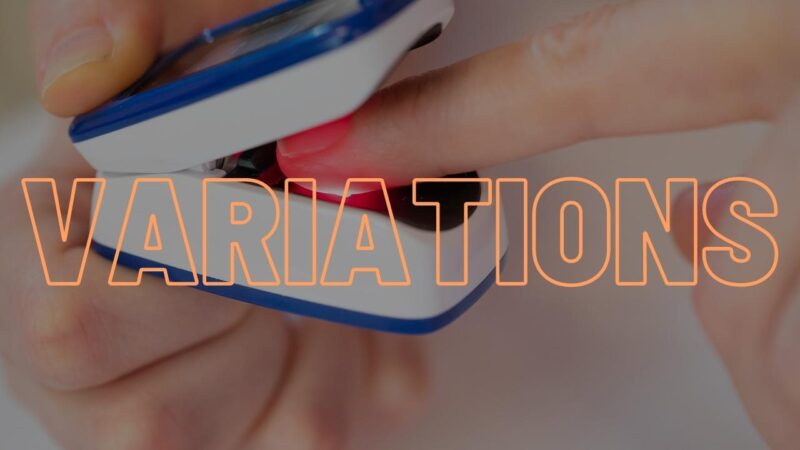
Not everyone will fall within the ‘normal’ ranges of oxygen saturation. There can be variations due to health conditions, lifestyle factors, and environmental factors.
Health Conditions
Several health conditions can lead to a decrease in oxygen saturation. These include Chronic Obstructive Pulmonary Disease (COPD), asthma, pneumonia, and heart disease.
In these cases, it’s essential to consult a healthcare professional who can help monitor and manage these conditions. Maintaining adequate SpO2 is crucial to ensuring your body’s tissues and organs function properly.
Lifestyle and Environmental Factors
Lifestyle factors such as smoking and lack of exercise can negatively impact your oxygen saturation. Smoking, in particular, can cause damage to your lungs, which can lead to lower SpO2 levels.
Environmental factors can also play a role. For instance, high altitudes can lead to lower SpO2 levels because the air is thinner and contains less oxygen.
Interpreting Readings
Understanding how to interpret your oxygen saturation reading is important. Let’s break down what different readings can indicate.
Healthy Levels
Healthy levels will generally fall between 95% and 100%. If your readings consistently fall within this range, your body is likely getting the oxygen it needs to function properly.
It’s essential to monitor saturation regularly if you have a condition like COPD or if you’re at an increased risk due to factors like smoking or advanced age.
When to Seek Medical Attention
If your oxygen saturation level falls below 95%, it may be a sign that your body is not getting enough oxygen. This could be due to a variety of reasons, from a temporary issue like a lung infection to a more chronic problem like heart disease.
If your saturation is consistently below 92%, it’s especially important to seek medical attention. This could indicate a serious condition that requires treatment.
The Significance of SpO2
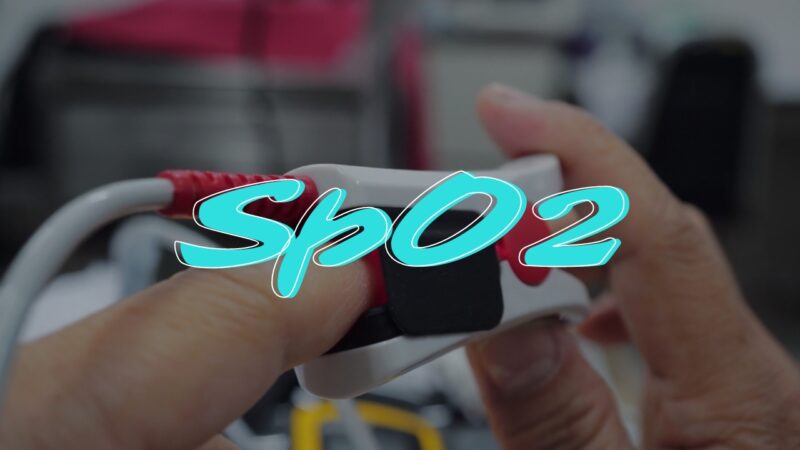
The significance of oxygen saturation cannot be overstated. It’s a vital sign like heart rate and blood pressure, offering insights into your overall health and the functioning of your respiratory system. Here’s why it matters.
Health Indicator
SpO2 can serve as a quick, non-invasive, and cost-effective health indicator. Low saturation can often be a symptom of a deeper problem, such as a respiratory or cardiovascular disease.
Chronic conditions such as asthma, COPD, and heart failure can significantly impact your body’s ability to transport oxygen. These conditions can cause your saturation to drop, making it a useful marker for assessing disease severity and progression.
Saturation in Athletes
SpO2 is also a significant indicator for athletes. For them, it is a measure of how efficiently their body can deliver oxygen to their muscles during intense exercise. Athletes often monitor it as part of their training to improve performance and recovery.
Effect of Altitude
The amount of oxygen in the air decreases with altitude, making it more difficult for your body to maintain normal saturation levels. As a result, people living at high altitudes or those traveling to high altitude areas may have slightly lower oxygen saturation levels than those at sea level.
In these cases, the body often adapts by producing more red blood cells to carry the available oxygen. However, if you’re planning a trip to a high-altitude area, it’s recommended to take it slow, allowing your body to acclimatize and prevent altitude sickness.
Future of Monitoring

With advancements in technology, monitoring SpO2 has become easier and more accessible. Today, many wearable devices, such as smartwatches and fitness trackers, can monitor your oxygen saturation, making it simpler to keep an eye on this vital health indicator.
Wearable Technology
Wearable devices with pulse oximeters have made it possible to monitor oxygen saturation continuously. These devices can provide alerts if your SpO2 drops below a certain level, allowing for quick action.
This is particularly beneficial for people with conditions like sleep apnea, where oxygen levels can drop significantly during sleep. With these devices, individuals can monitor their health in real-time and make necessary adjustments in consultation with their healthcare provider.
Future Innovations
As technology continues to evolve, we can expect more accurate and user-friendly devices for monitoring oxygen saturation. Future innovations may also bring more integrated health monitoring systems, providing a holistic view of your health, from heart rate and blood pressure to SpO2 and beyond.
FAQs

What Happens if Oxygen Saturation Is Too Low?
In this situation, your body may not get the oxygen it needs to function properly. This is known as hypoxia. Symptoms can include shortness of breath, rapid breathing, restlessness, confusion, and even loss of consciousness in severe cases.
If left untreated, low saturation can lead to complications, including heart problems, a decreased immune response, and, in severe cases, respiratory or cardiac arrest.
Discover the nuances between hypoxia and hypoxemia, unveiling their variances.
Can Stress Affect Oxygen Saturation?
Stress and anxiety can lead to rapid, shallow breathing or hyperventilation, which can affect it. While these episodes usually don’t cause a significant drop in SpO2, they can cause symptoms like dizziness and shortness of breath.
Chronic stress can also lead to long-term health problems, including heart disease and respiratory problems, which can impact oxygen saturation. Therefore, managing stress is vital for maintaining optimal health and well-being.
Final Words
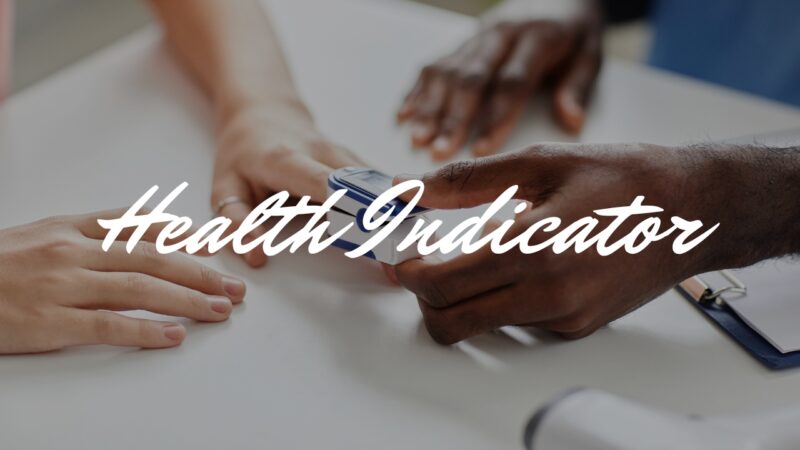
Oxygen saturation is a crucial health indicator that can vary with age. Understanding these variations and the factors that can influence it is critical for maintaining good health. Regular monitoring and consultation with healthcare providers can ensure that your body is getting the oxygen it needs, helping you lead a healthier and more active life.
Discover the importance of monitoring oxygen levels during sleep and whether 87% is considered safe.

